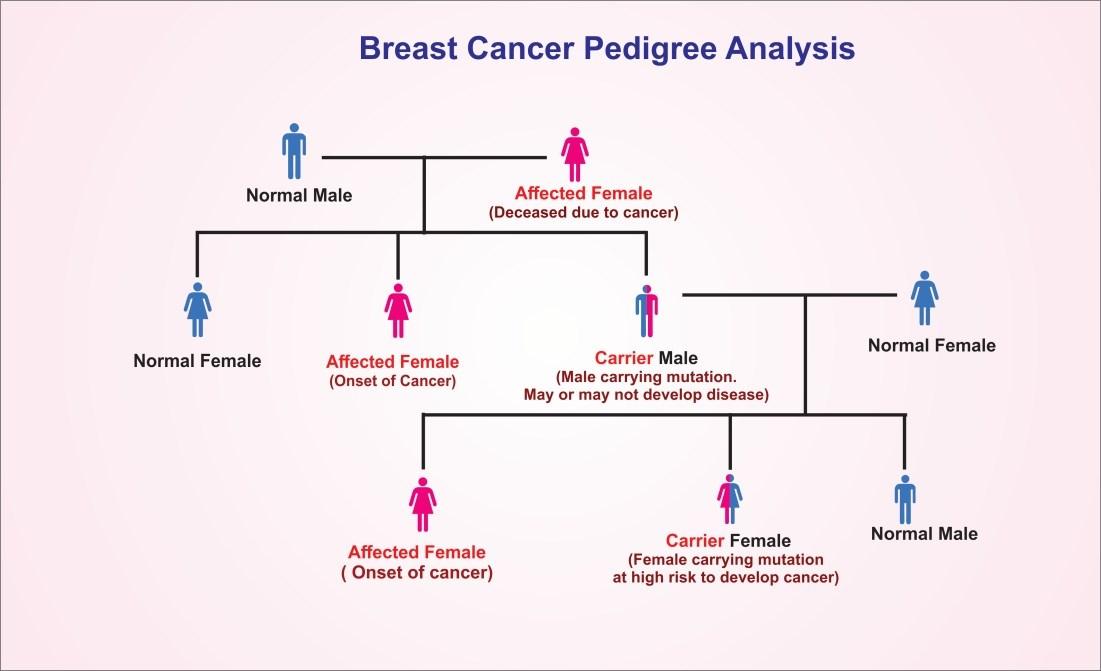
1 minute read
Dominant Inheritance
by AudioLearn
recessive, or x-linked recessive). Remember that x-linked dominant traits are very rare. Figure 29 shows a pedigree chart for breast cancer in a family:
DOMINANT INHERITANCE
Advertisement
When a trait is said to be dominant, it takes just one allele to be inherited for the trait to be expressed in the phenotype of the individual. Any recessive allele will be masked by the dominant one so that the phenotype for the TT genotype is the same as the phenotype for the Tt genotype. Only the tt genotype will show the recessive trait.
An example of an autosomal dominant disease is Huntington disease. The affected individual is usually of the Hh genotype and will ultimately get the disease. They will pass the disease onto half of their offspring. Because this is a rare disease, it would be uncommon to have two parents having the disease; however, if both parents were heterozygous for the disease, they would pass the disease onto ¾ of their children.
In an autosomal dominant pedigree, both males and females will be affected and there will be no skipping of generations. There will be about a 50:50 chance of expressing the gene in the offspring of an affected person (provided that the other parent does not have the gene). Both homozygous and heterozygous individuals will have the same phenotype and, in the case of a homozygous dominant parent, all of the children will be affected.



